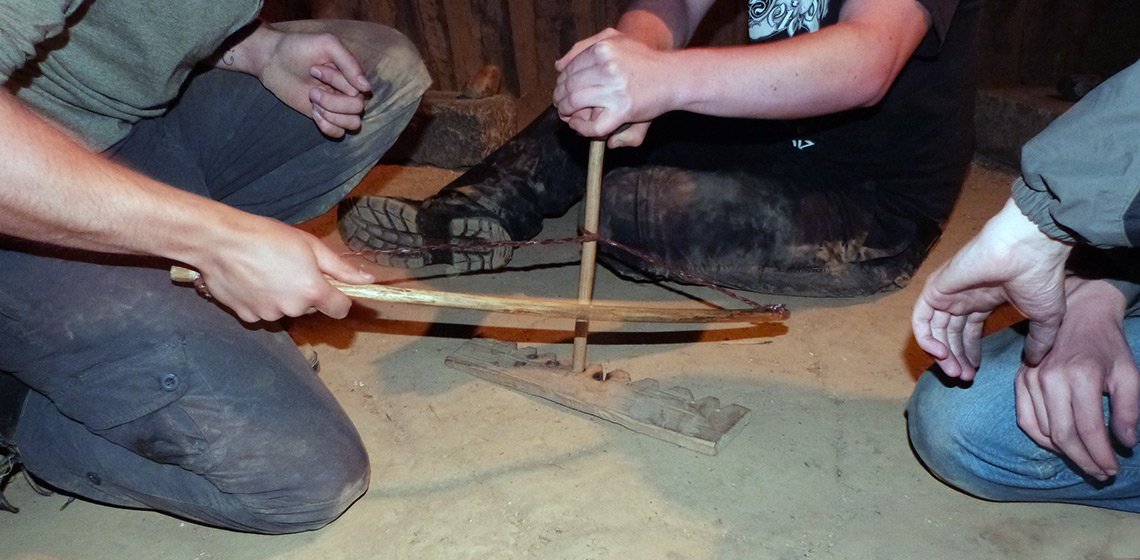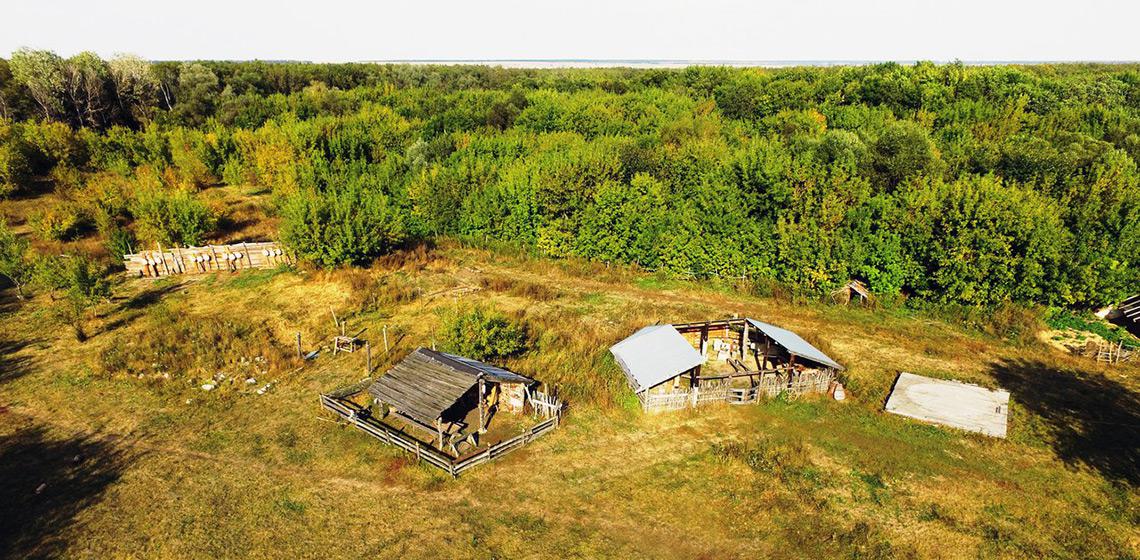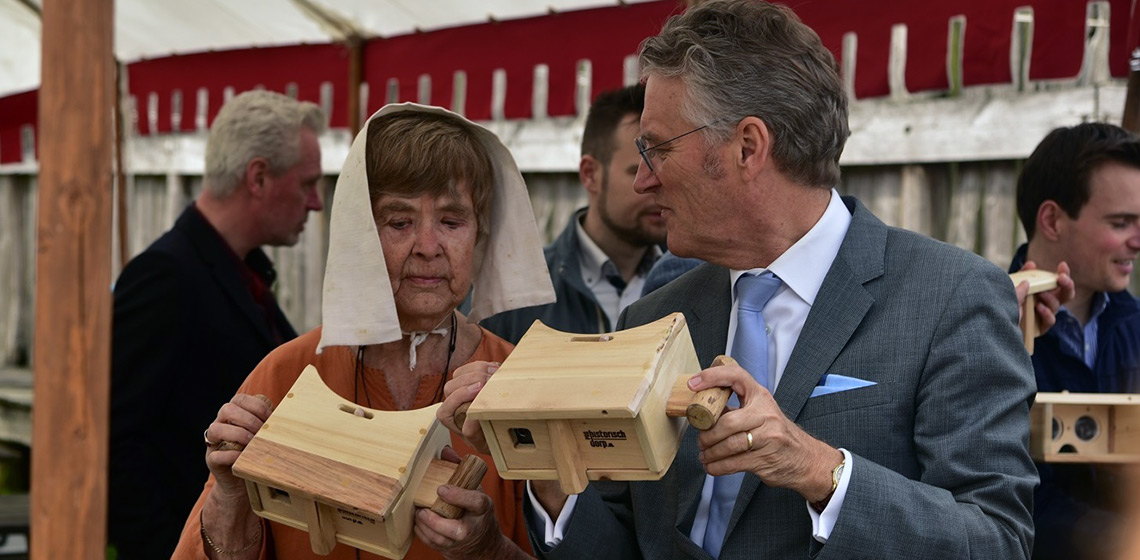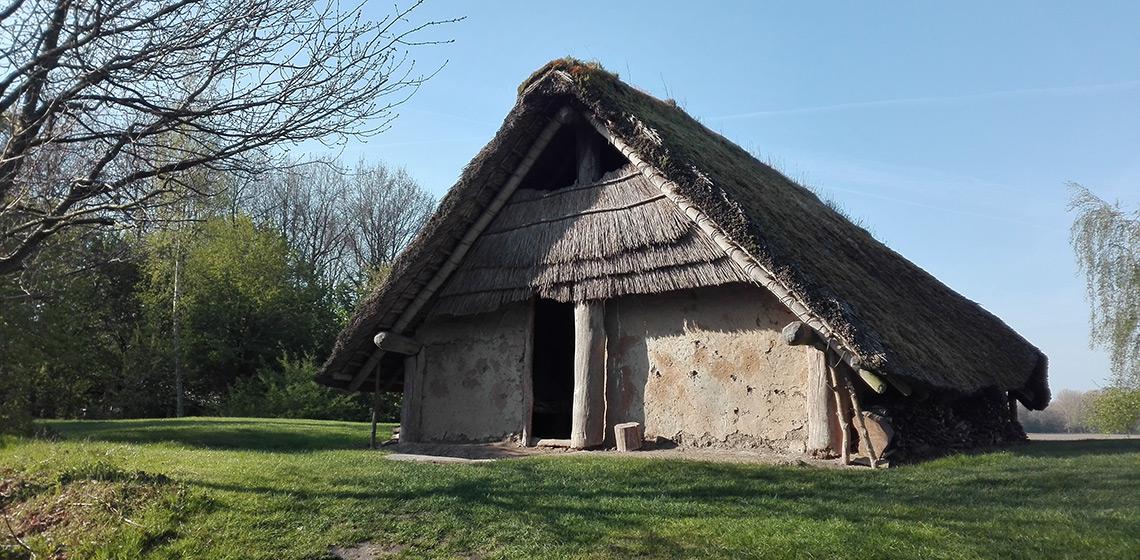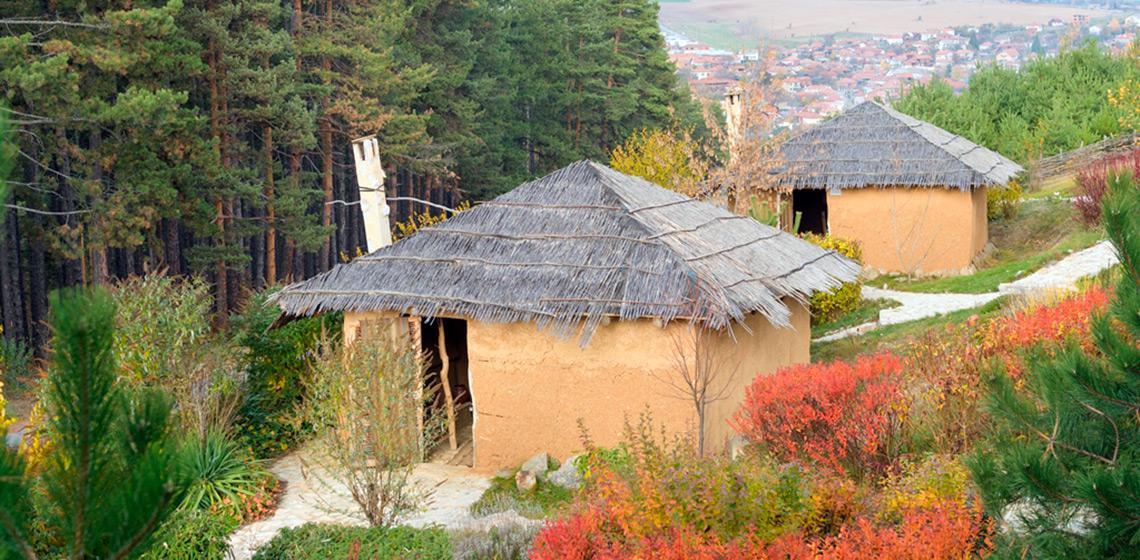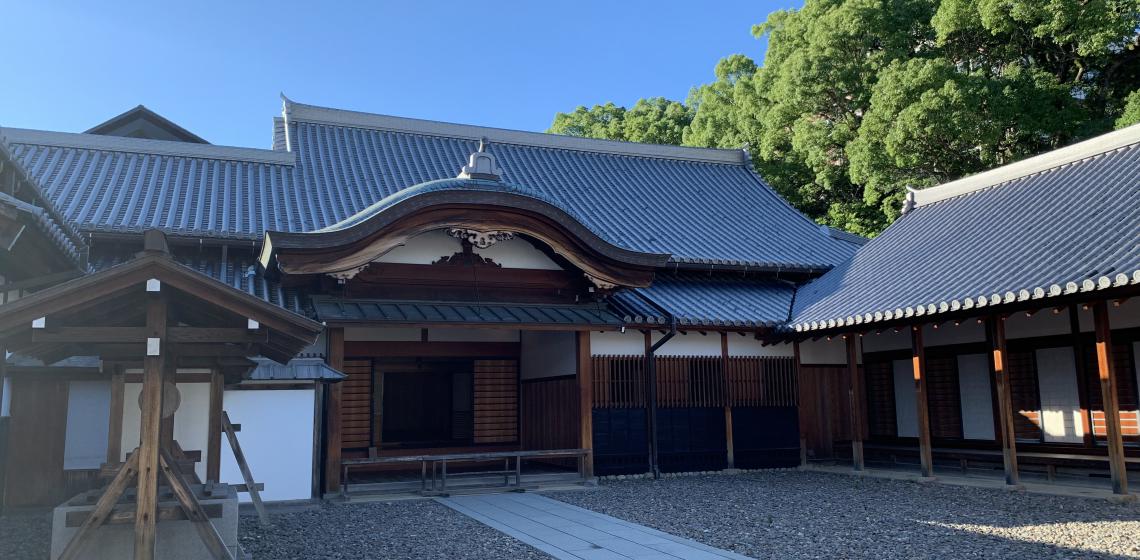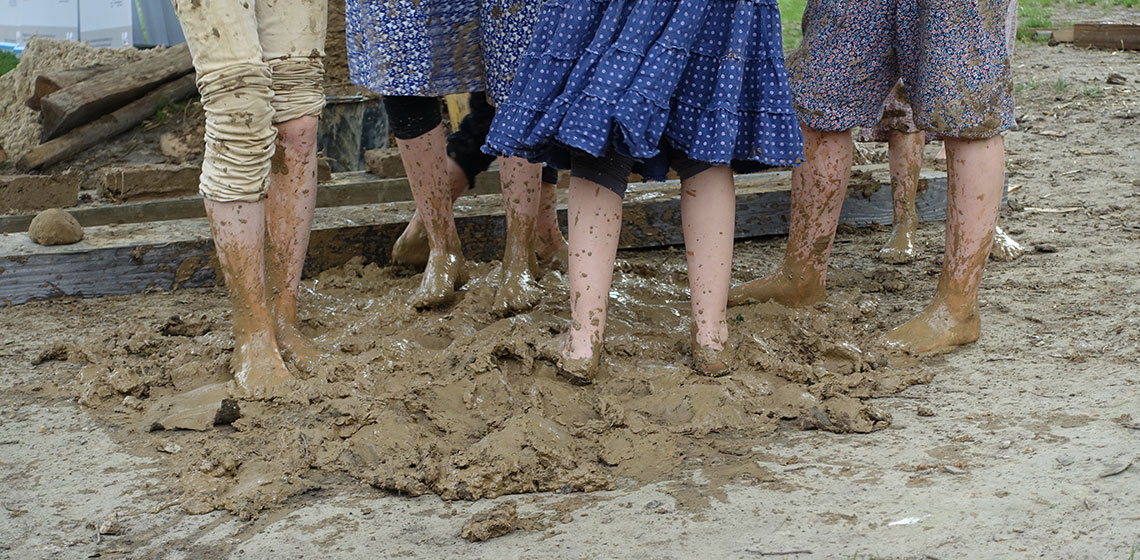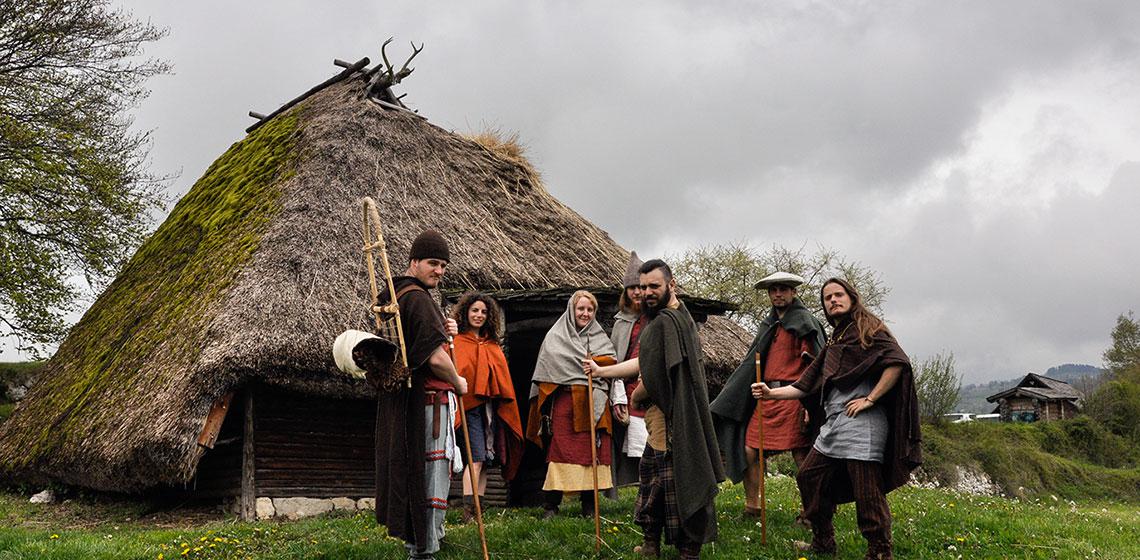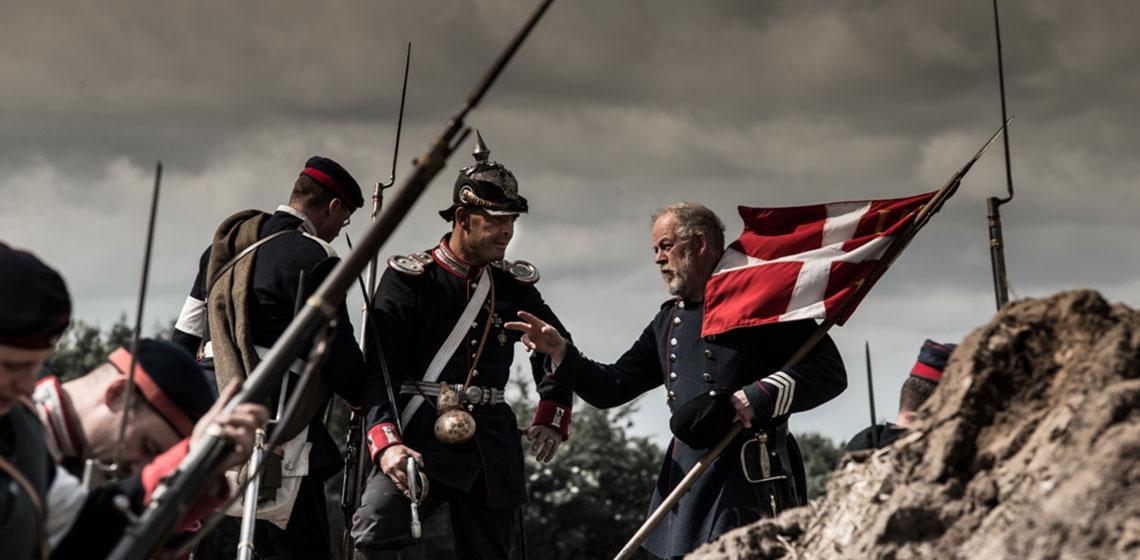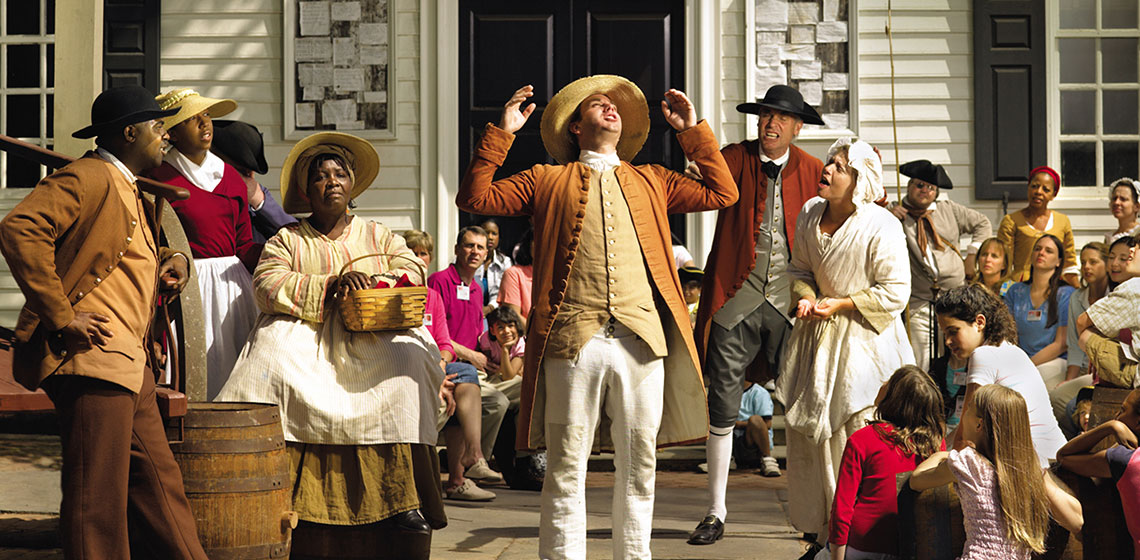Archaeological Open-Air Museum
Drevniy Mir - Ancient World (RU)
In 2003, the Samara Regional Branch of the All-Russian Society for the Preservation of Monuments of History and Culture launched a project to establish the Center for Historical Simulation (CIM) "Ancient World" (“Древний Мир”), a brand new interactive model of the exposure of the archaeological heritage of the object for cognitive (educational), tourism and historical education of children and adults; it also serves as a scientific and experimental testing ground for professional archaeologists.
In 2003, the Samara Regional Branch of the All-Russian Society for the Preservation of Monuments of History and Culture launched a project to establish the Center for Historical Simulation (CIM) "Ancient World" (“Древний Мир”)...
Everybody Else is doing It, so Why Can’t We? Low-tech and High-tech Approaches in Archaeological Open-Air Museums
Swifterkamp, Prehistorische Nederzetting (NL)
The “new Land” Flevoland in the Netherlands is not only home to many people, it also contains some splendid nature. In one of the nature parks, at Lelystad, a Stone Age settlement is situated. This area was home to Neolithic farmers before it got too wet and flooded.
The story of Swifterkamp begins with the meeting of some lecturers and someone from Staatsbosbeheer (the Dutch Forestry Commission) who all shared a great passion for archaeology. Their wish to create a Prehistoric settlement in Flevoland for educational purposes soon became reality...
Chavdar Municipality - Archaeological Park Topolnitsa (BG)
The village of Chavdar is located in Western Bulgaria, Sofia region, Chavdar Municipality. It is accessible via the “Podbalcan” road (I-6), one of the main first-class roads in Bulgaria. The village is located 71 km east of the capital of the country and 11 km southwest of Zlatitsa. Chavdar Municipality is part of the Zlatishko-Pirdop hollow with an average altitude of 570 m.
It consists of one village – Chavdar, which makes it the smallest in Bulgaria. Unlike the other hollows to the south of the Balkan, the Zlatishko-Pirdop hollow is characterized by low temperatures. Visitors who enjoy mountain tourism can visit the chalets “Bratia” and “Sakarja”, situated high in the Sashtinska Sredna Gora Mountain, and the natural phenomenon “The Kazans”.
Nagasaki Museum of History and Culture (JP)
The Nagasaki Museum of History and Culture is one of the few museums in Japan dedicated to the history of international exchange. The Museum holds approximately 81,000 objects in its precious collection, including historical documents, art and craftworks that tell the story of Nagasaki, the sole window open to foreign countries during the period of Japan’s national isolation.
In addition, part of the Nagasaki Magistrate's Office (a local agency of the central government in the Edo period called bugyōsho) has been faithfully reconstructed based on historical materials, allowing visitors to immerse themselves in the atmosphere of feudal Japan. The craft center offers hands-on classes of Nagasaki’s traditional crafts.
Engaging Diverse Audiences at the Archaeological Open-Air Museum Düppel in Berlin – Practical Examples and New Strategies
***In 1939, a boy called Horst Trzeciak was playing on a piece of land on the outskirts of Berlin. While playing, he found a number of pottery sherds. In an exemplary fashion he brought the sherds to the “Märkisches Provinzialmuseum”, which was, at that time, the city museum of Berlin...
Bostel di Rotzo & Museo Archeologico Sette Comuni (MASC) (IT)
The Bostel di Rotzo is located in the Altopiano dei Sette Comuni on a well-defended plateau where the Assa and the Astico valleys meet, north of Vicenza and only a few kilometers from Asiago. Bostel di Rotzo is the first permanent village in the 'Sette Comuni Altopiano' to have been steadily settled by ancient people throughout the second half of the Iron Age (5th – 1st century BC).
The Bostel di Rotzo is located in the Altopiano dei Sette Comuni on a well-defended plateau where the Assa and the Astico valleys meet, north of Vicenza and only a few kilometers from Asiago. Bostel di Rotzo is the...
Historiecenter Dybbøl Banke (DK)
We are in the dramatic year 1864. The Battle on the 18th of April was the most bloody in Denmark in the Newer Era, the last big battle on Danish soil. Denmark is at war with the large powers of Europe: Prussia and Austria.
We are in the dramatic year 1864. The Battle on the 18th of April was the most bloody in Denmark in the Newer Era, the last big battle on Danish soil. Denmark is at war with the large powers of Europe: Prussia and Austria...
Colonial Williamsburg: Archaeology, Interpretation & Phenomenology
***When I began investigating this conference I was unclear as to how well EXARC’s focus on experimental archaeology would blend with International Museum Theatre Alliance (Imtal)’s approach of museum theatre and interpretation. They seem after all, two very different disciplines...

